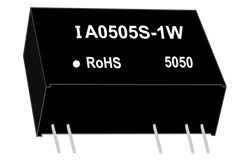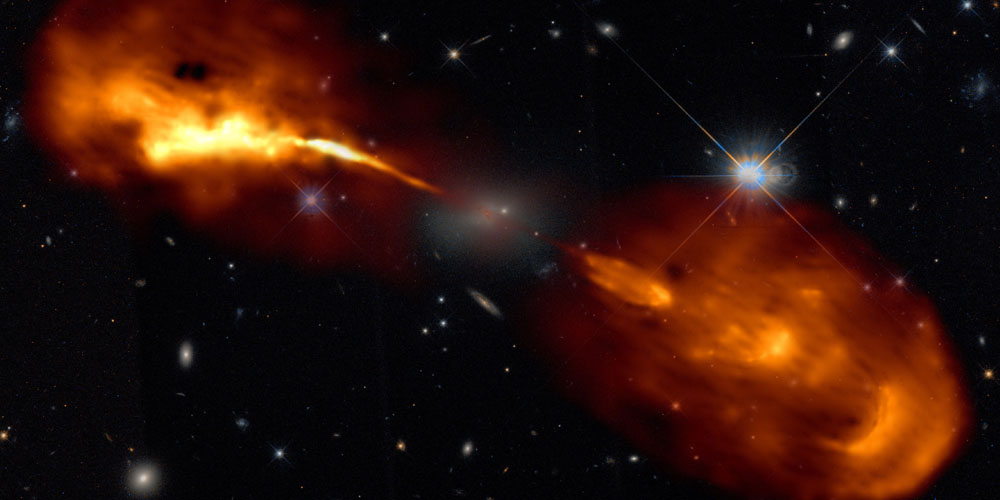nouvelles
Bidirectional DC DC Converter: A Comprehensive Overview
Auteur: Module d'alimentation ZYG Time: 2023-5-30
A bidirectional DC DC converter is a power electronic device that can convert DC power from one voltage level to another in both directions. It has the capability to transfer power bidirectionally between two DC sources, such as batteries, capacitors, or fuel cells, with different voltage levels. This converter is widely used in various applications, such as electric vehicles, renewable energy systems, and energy storage systems, due to its high efficiency, compact size, and low cost.
The basic structure of a bidirectional DC DC converter consists of two power switches (MOSFET or IGBT), two diodes, and an inductor. The switches are controlled by a pulse-width modulation (PWM) signal to regulate the output voltage and current. The diodes are used to provide a path for the inductor current during the commutation of the switches. The inductor is used to store and release energy during the conversion process.
There are two main types of bidirectional DC DC converters: the full-bridge converter and the half-bridge converter. The full-bridge converter has four switches and two diodes, while the half-bridge converter has two switches and two diodes. The full-bridge converter is more efficient, but more complex and expensive than the half-bridge converter. The choice of converter depends on the specific application requirements, such as power level, voltage range, and efficiency.
The bidirectional DC DC converter has several advantages over other power electronic devices. One of the main advantages is its bidirectional capability, which allows it to transfer power from one source to another in both directions. This makes it ideal for applications that require energy storage and retrieval, such as electric vehicles and energy storage systems. Another advantage is its high efficiency, which can reach up to 98% in some cases. This means that it can convert DC power with minimal losses, which is important in renewable energy systems that rely on energy efficiency to reduce costs and increase sustainability.

The bidirectional DC DC converter also has some limitations that need to be considered. One of the limitations is its complexity, which requires careful design and control to ensure proper operation. This can increase the cost and reduce the reliability of the converter. Another limitation is its voltage range, which is limited by the semiconductor devices used in the converter. This can restrict the use of the converter in some applications that require high voltage levels.
In conclusion, the bidirectional DC DC converter is a critical component in many power electronic systems, due to its bidirectional capability, high efficiency, and compact size. It has many applications in electric vehicles, renewable energy systems, and energy storage systems, where energy efficiency and sustainability are important. However, the design and control of the converter require careful consideration of its advantages and limitations to ensure optimal operation and performance.
Précédent: China XXYY Series DC-DC Converters manufacture
Prochain: IXXYY Series DC DC Converter price
les informations pertinentes
-
2022-9-16
What is a DC-DC converter? A DC-DC converter, also known as a DC-DC converter or DC transformer, is a circuit or electromechanical device that converts electrical energy. It can convert direct current (DC) power to DC power (or approximate DC) of different voltages. Its power ranges from very low (small batteries) to very high (high voltage power transfer). The output voltage of some DC-DC converters has the same reference point as the input voltage, while the output voltage of some DC-DC converters is isolated from the input voltage. DC-DC Converter Inductor Selection The process of selecting an inductor for a DC-DC converter depends on many parameters. Depending on the power levels involved, these inductors can be quite large...
Voir les détails -
2023-4-20
How to Build a 120 Volt AC Power Supply for 3 Volt DC Output
If you looking to power a small device that requires 3 volts of DC power, you may be wondering how to build a suitable power supply. One option is to build your own 120 volt AC power supply and use a voltage regulator to step down the voltage to 3 volts. Here how to do it: Materials: - Step-down transformer (120V AC to 12V AC) - Bridge rectifier - Capacitor - Voltage regulator (LM317) - Heat sink - Resistors - Potentiometer - LED - 3 volt DC load - Soldering iron and solder - Multimeter Step 1: Choose a transformer The first step is to choose a step-down transformer that converts the 120V AC input to 12V AC output. Make...
Voir les détails -
2023-6-12
Bidirectional DC-DC Converter: Efficient Power Conversion in Both Directions
The need for efficient power conversion is becoming increasingly important in today's world. As the demand for energy continues to grow, it is essential to find ways to optimize power conversion in various systems. One such system that requires efficient power conversion is the bidirectional DC-DC converter. The bidirectional DC-DC converter is a type of power converter that can transfer energy in both directions. This means that it can convert DC voltage from a source to a load, and also from a load to a source. This bidirectional functionality is particularly useful in applications where energy needs to be transferred back and forth between two sources, such as in hybrid electric vehicles and renewable energy systems. The efficiency of power...
Voir les détails -
2023-5-20
Efficient 110V AC to 12V DC Converter for Seamless Power Supply
In today's world, electronic devices have become an integral part of our lives. From the smartphones that we carry with us to the laptops that we use for work, we rely heavily on these devices to stay connected and get things done. However, to power these devices, we need a reliable and efficient power supply. One of the most important components of any power supply system is the voltage converter. A voltage converter is a device that converts the voltage of an electrical circuit from one level to another. In this article, we will discuss the efficient 110V AC to 12V DC converter, which is an essential component of many power supply systems. What is a 110V AC to 12V...
Voir les détails -
2023-4-24
Distinguishing Between AC and DC Power Supply
In the field of electrical engineering, one of the fundamental concepts to understand is the difference between AC and DC power supply. While both types of power supply are capable of powering electrical devices, they differ significantly in terms of how they deliver electrical energy. AC, or alternating current, is a type of electrical current that periodically changes direction. This means that the voltage and current in an AC circuit alternate between positive and negative values, usually at a frequency of 50 or 60 Hz. AC power is generated by power stations and is transmitted over long distances through power lines. It is used to power most household appliances, including refrigerators, air conditioners, and televisions. DC, or direct current, is...
Voir les détails -
2023-5-9
Designing an Efficient Industrial AC-DC Converter
In modern industrial applications, AC-DC converters play a significant role in transforming electrical power between different voltage levels and frequencies. These converters are essential for powering a wide range of devices, from small electronic circuits to heavy machinery. With the increasing demand for more efficient and reliable power supplies, it is essential to design AC-DC converters that can meet the requirements of industrial applications. The efficiency of an AC-DC converter is a critical factor that determines its performance. Higher efficiency means that less power is dissipated as heat, resulting in lower operating temperatures and longer device lifetimes. To achieve high efficiency, designers must consider several factors, including power factor correction, switching frequency, and topology. Power factor correction (PFC) is a...
Voir les détails


















